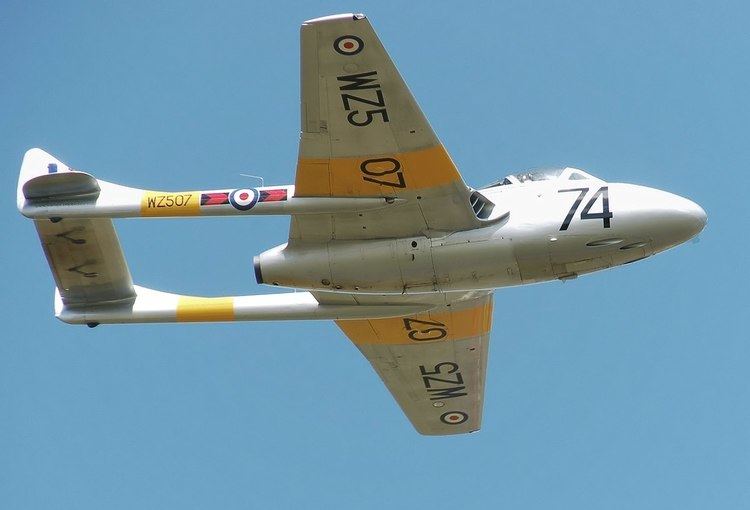 | ||
A twin-boom aircraft is characterised by two longitudinal booms (extended nacelle-like bodies) fixed to its main wing on either side of its centre line. The booms may contain ancillary items such as fuel tanks and/or provide a supporting structure for external ancillary items. Typically, twin tailbooms provide mounting points for one or more tail surfaces, although on some types such as the Rutan Model 72 Grizzly the booms run forward of the main wing. The twin-boom configuration is distinct from twin-fuselage designs.
Contents
Transport aircraft
The twin-boom configuration allows a cargo door or large access door to be placed in the back of the aircraft, free from obstruction by the tail assembly. Examples include the C-82 Packet, C-119 Flying Boxcar, Armstrong Whitworth AW.660 Argosy, IAI Arava and Transavia PL-12 Airtruk.
Combat aircraft
The twin-boom configuration has been adopted by combat aircraft designers for several reasons:
General aviation
Some modern high-efficiency designs have twin booms which distribute the load along the wing span and/or stiffen the overall structure.
Examples include the Rutan Voyager, Rutan Model 72 Grizzly and the Virgin Atlantic GlobalFlyer.
